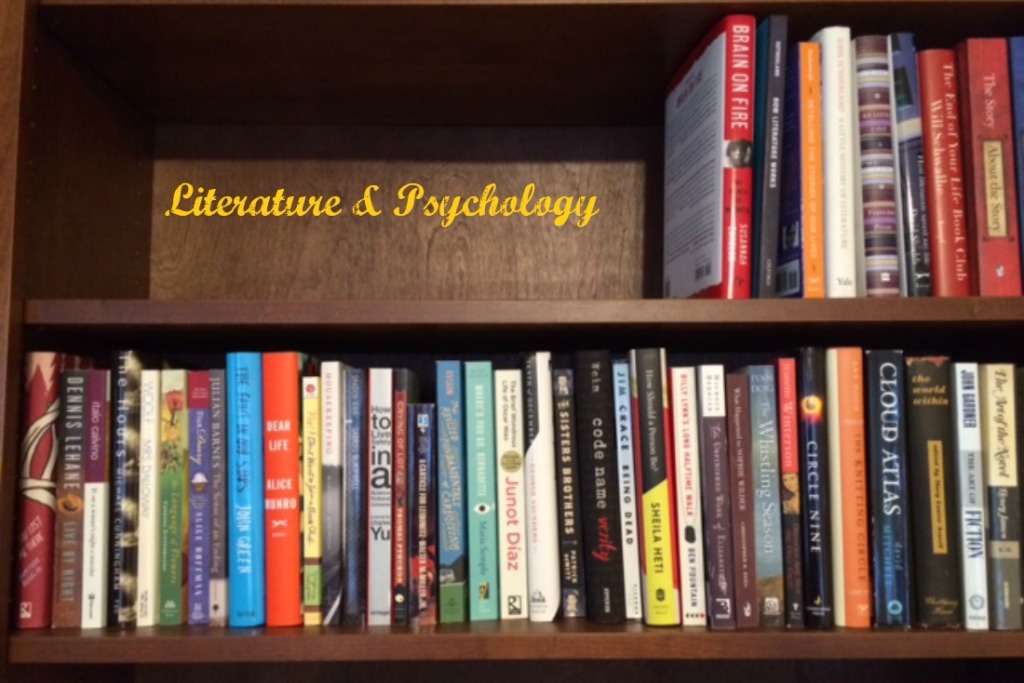We know that time travel is impossible. Yet when we pick up Octavia Butler’s Kindred or Audrey Niffenegger’s The Time Traveler’s Wife, we don’t stop reading when we see characters moving through time. No, we accept that the story the author wants to tell requires time travel, and we allow it to exist in the world of the story.
Contemporary cognitive scientists and cultural anthropologists tell us that our brain is wired to accept and understand stories because storytelling is the primary method by which a society communicates its history, beliefs, and values. (See, for example, The Storytelling Animal: How Stories Make Us Human by Jonathan Gottschall.) But poet and philosopher Samuel Taylor Coleridge recognized our proclivity for making allowances in the world of stories back in 1817. He coined a term for the phenomenon: the willing suspension of disbelief, or just suspension of disbelief.
A recent experience taught me just how powerful our willing suspension of disbelief can be. I had never watched the popular television series Breaking Bad but had heard from several people how good it was. So, around the time other people were discussing the show’s finale, I spent about a week on a marathon viewing of the complete series. At the root of the series is this question: How could a mild-mannered high school chemistry teacher turn into a meth-cooking drug lord? The key to our believing this seemingly far-fetched scenario lies in the context. We all know that teachers earn a pittance and frequently have to take on a second job to supplement their income. So in the initial episode of Breaking Bad, we’re not surprised to see Walt moonlighting at a car wash and to hear Walt’s wife explain about the credit card they can’t use because it’s maxed out. Still, though, a lot of teachers in that situation don’t turn to crime to solve their financial problems.
But then Walt discovers that he’s dying of lung cancer. Of course the first thing he worries about is that his death will leave his family with no money. Then he faces pressure from the family to undertake an expensive experimental treatment that could prolong his life but is not covered by insurance. Add to these circumstances the facts that his teenaged son, a couple of years away from college, has cerebral palsy and that his wife is pregnant with a second child, and suddenly we begin to empathize with Walt. In this context Walt’s decision to turn his only real skill, a keen knowledge of chemistry, into a way out of his financial predicament seems perfectly reasonable. In fact, not only do we condone Walt’s plan, but we even begin to root for his success—at least at first.
Eventually events spiral out of control, and Walt’s character changes drastically during the many turns of events necessary to sustain the continuance of the series over several seasons. But after Walt’s initial decision, each plot turn follows logically from what has come before. It was only that first willing suspension of disbelief that the writers had to work at. I think that my marathon viewing made me more aware of exactly how the show’s creators manufactured that willing suspension of disbelief than I would have been if I’d watched the early episodes unfold one week at a time. That skillfully contrived early situation sucked me into the story and made me accept Walter White’s transformation from high school teacher to ruthless criminal. It’s all in the context.
© 2014 by Mary Daniels Brown

